
Analyzing the Latest Major Data Breach: Lessons Learned
Understanding the impact of recent data compromises.

KD
Cybersecurity & Online Privacy Watch
Data Breach & Privacy News Watch
trest
SHARE
Analyzing the Latest Major Data Breach
Lessons Learned from the [Organization Name] Incident

Data breaches have become an almost routine occurrence in the digital age, serving as harsh reminders of the vulnerabilities inherent in our interconnected systems. While the frequency of these incidents is concerning, each major breach offers critical insights into the evolving tactics of cybercriminals and the areas where our defenses need strengthening. The recent, significant data breach at [Organization Name] is one such event that demands our attention. By examining how this incident unfolded, its impact on individuals and the affected organization, and the subsequent response, we can extract vital lessons applicable to businesses and individuals alike in the ongoing battle for cybersecurity.
Understanding the Threat: What Constitutes a Data Breach?
Before diving into the specifics of the [Organization Name] breach, it's important to define what a data breach is. Simply put, a data breach is a security incident where sensitive, protected, or confidential data is accessed, disclosed, or stolen by unauthorized individuals. This can include personally identifiable information (PII) like names, addresses, Social Security numbers, financial details, health records, or proprietary business information.
Data breaches can occur through various means, ranging from sophisticated cyberattacks exploiting software vulnerabilities to human error, insider threats, or even physical theft of devices. Regardless of the cause, the consequences for individuals whose data is exposed and the organizations responsible for protecting it can be severe and long-lasting.
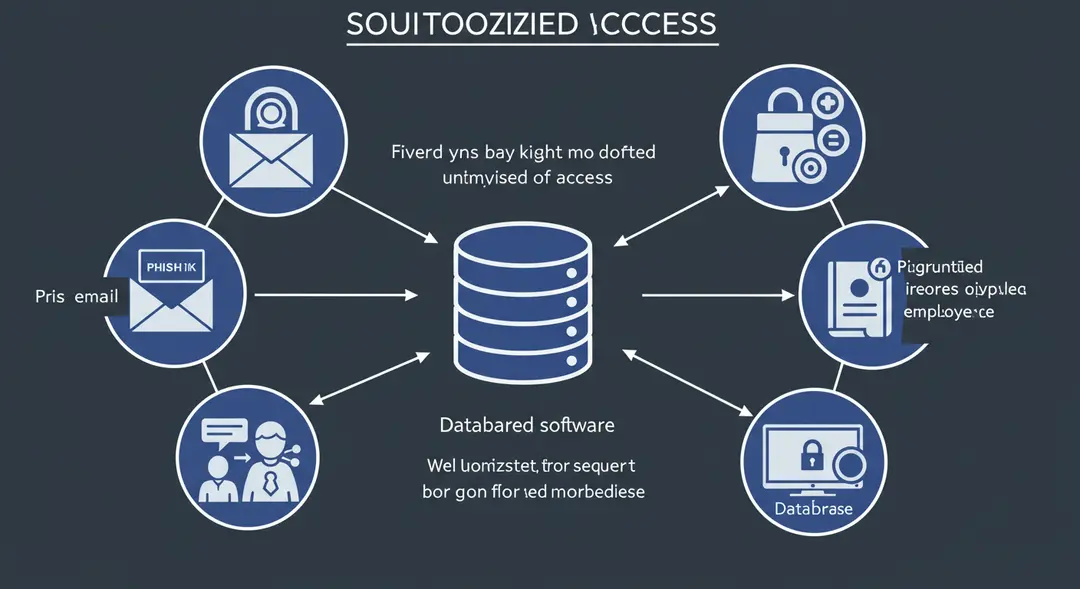
Anatomy of the [Organization Name] Breach: How it Happened
Based on the available information, the data breach at [Organization Name] appears to have originated from [Describe the suspected or confirmed cause/attack vector, e.g., "an exploited vulnerability in a third-party software vendor," "a successful phishing attack targeting employees," "a misconfigured cloud storage database," "stolen login credentials"]. Reports indicate that the attackers [Describe the method of access and initial actions, e.g., "gained unauthorized access to a specific server," "compromised multiple employee accounts," "accessed a database containing customer information"].
The timeline of the breach, from initial compromise to detection, is still being [Describe the status of the investigation, e.g., "fully investigated," "pieced together"]. However, it is believed that the attackers had access to the system for [Mention duration, if known, e.g., "several weeks," "a few months"] before the breach was detected. This highlights the challenges organizations face in quickly identifying and responding to intrusions. The specific technical details of the exploit used are [Mention if details are public or still under wraps, e.g., "complex and still under analysis," "believed to involve X type of vulnerability"].
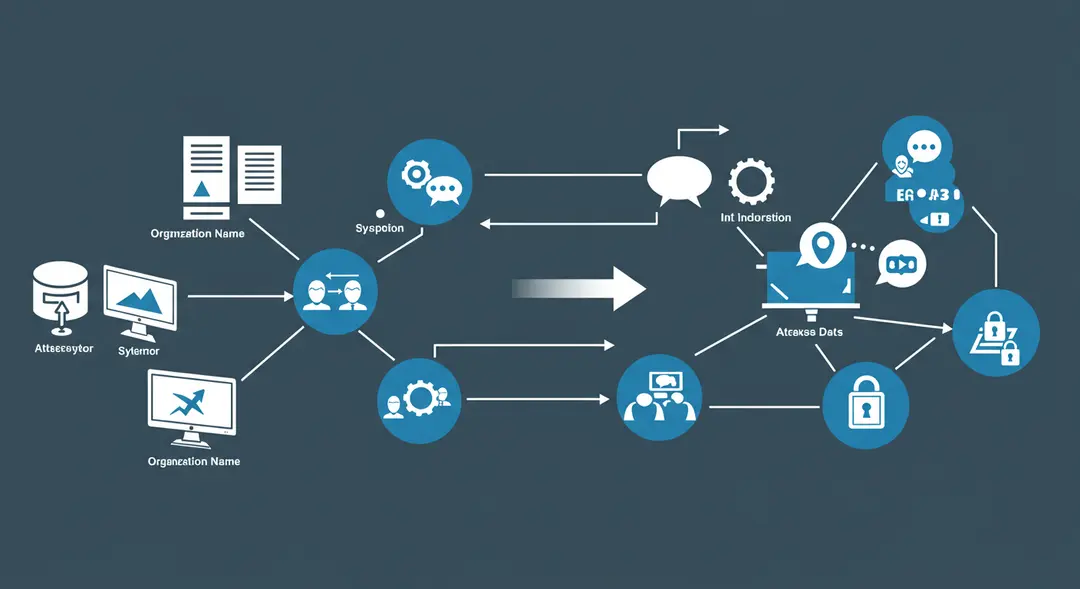
Impact Assessment: What Was Affected and Who is Liable?
The impact of the [Organization Name] data breach is significant, affecting [Mention the type and estimated number of individuals or entities affected, e.g., "millions of customers," "thousands of employees," "business partners"]. The types of data exposed reportedly include [List the categories of compromised data, e.g., "customer names, email addresses, and purchase history," "employee Social Security numbers and payroll information," "sensitive internal documents"].
For the individuals affected, this breach poses a serious risk of [Mention potential consequences for individuals, e.g., "identity theft," "financial fraud," "phishing attacks"]. They may need to take steps to monitor their credit reports, change passwords, and be extra vigilant against suspicious communications.
For [Organization Name], the consequences are also substantial, including [Mention potential consequences for the organization, e.g., "significant financial costs for investigation and remediation," "damage to reputation and customer trust," "potential legal and regulatory penalties," "stock price impact"]. The incident also raises questions about [Mention specific areas of concern for the organization's security practices, e.g., "their data retention policies," "employee cybersecurity training," "vendor risk management"].
Response and Recovery: Navigating the Aftermath
In the wake of the breach, [Organization Name] has taken several steps to address the incident. Their initial response included [Describe initial actions, e.g., "containing the breach and isolating affected systems," "engaging cybersecurity forensic experts," "notifying affected individuals and regulatory bodies"]. They have also [Describe ongoing actions, e.g., "offered credit monitoring services to affected customers," "implemented enhanced security measures," "communicated updates to the public"].
Responding effectively to a major data breach is a complex process that involves technical remediation, legal and regulatory compliance, and crucial communication with affected parties and the public. The speed and transparency of an organization's response can significantly influence its ability to mitigate damage and rebuild trust.The recovery process for [Organization Name] is likely to be [Describe expected recovery timeline, e.g., "ongoing for several months," "a significant undertaking"].
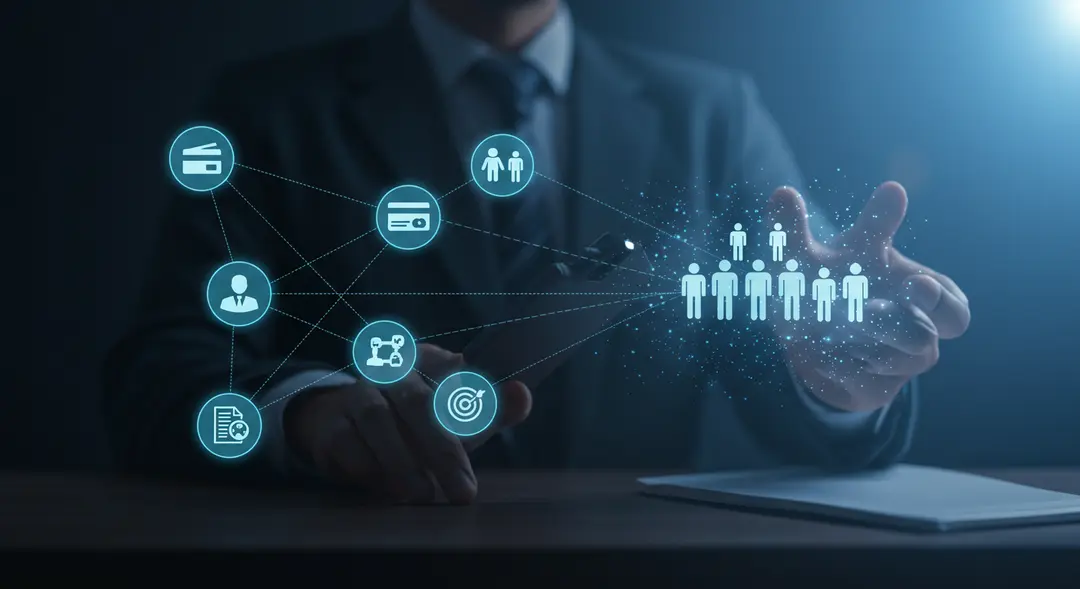
Crucial Lessons Learned for Everyone
The [Organization Name] data breach, like many before it, offers invaluable lessons for both organizations and individuals:
Prioritize Cybersecurity Investment: Organizations must view cybersecurity not as an IT expense, but as a fundamental business investment. This includes investing in robust security infrastructure, regular security audits, and employee training.
Strengthen Access Controls and Authentication: Implementing the principle of least privilege, strong password policies, and multi-factor authentication (MFA) are essential to limit unauthorized access.11
Vendor Risk Management is Crucial: Organizations need to rigorously vet and monitor the security practices of their third-party vendors and partners who have access to their data.12
Be Prepared with an Incident Response Plan: Having a well-defined and tested incident response plan is critical for quickly and effectively handling a breach when it occurs.
Individuals Must Practice Good Cyber Hygiene: Use strong, unique passwords, enable MFA, be wary of phishing attempts, and regularly monitor your accounts for suspicious activity.13
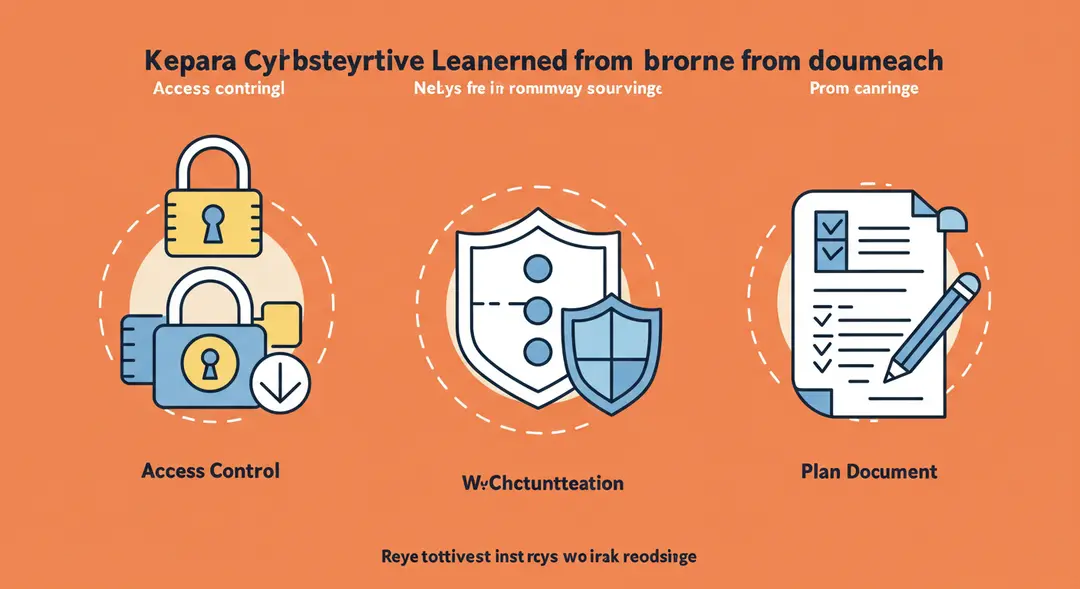
Conclusion
The data breach at [Organization Name] serves as a powerful reminder that in the digital landscape, vigilance is paramount. While the incident is unfortunate for all affected, the lessons learned from its analysis can help strengthen our collective cybersecurity posture. For organizations, it underscores the need for proactive security measures, robust incident response, and a commitment to protecting sensitive data. For individuals, it highlights the importance of practicing good cyber hygiene and being prepared to respond if their information is compromised. By learning from these incidents, we can work towards a more secure digital future. What steps will you take today to enhance your cybersecurity?
Leave a Comment
Your email address will not be published.
4 Comments
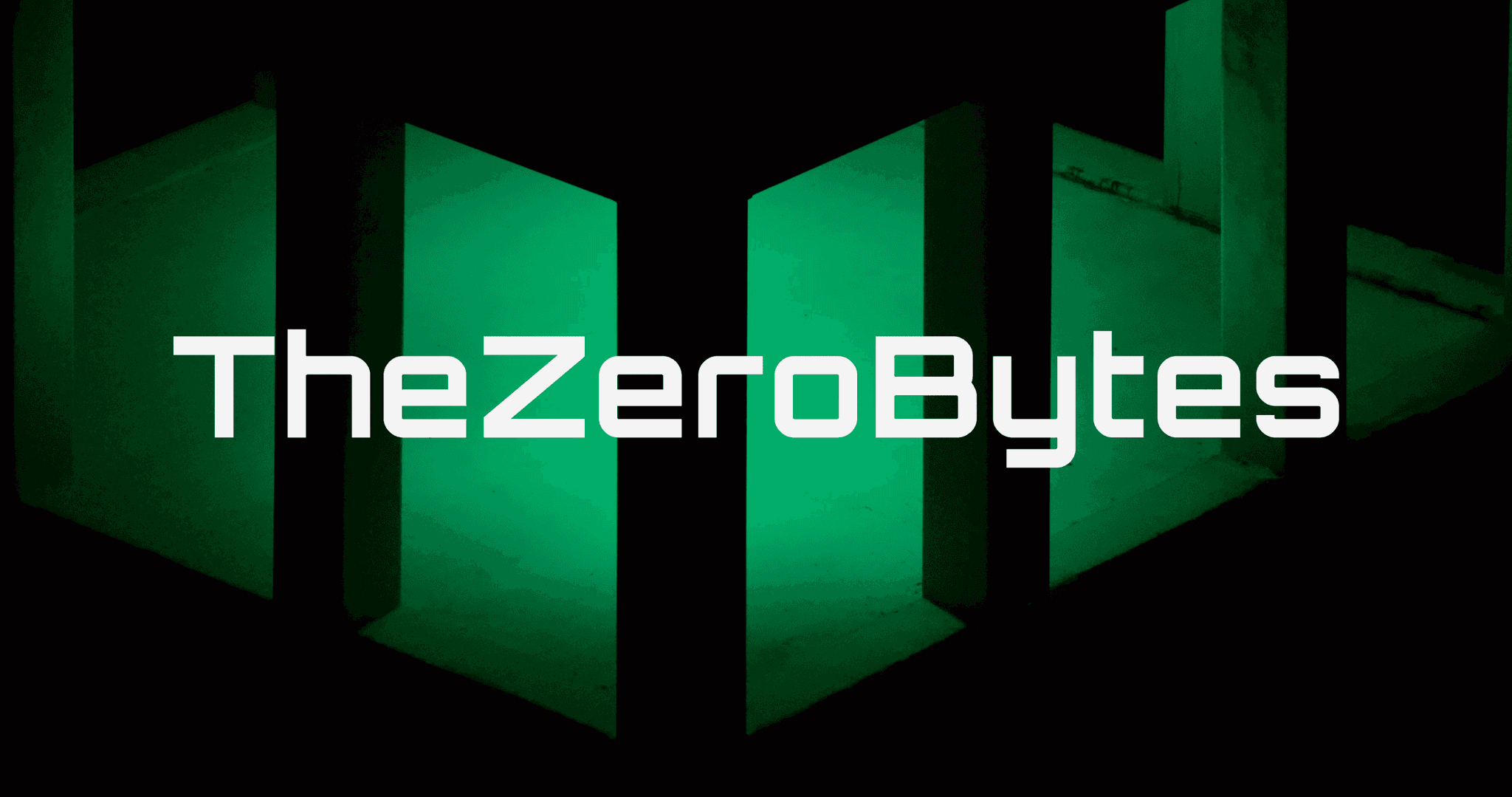
Williams Thompson
May 3, 2025
Drones are getting so smart these days, I'm starting to feel like mine’s judging my driving from the sky. On a serious note though, amazing to see how far drone tech has come. Next stop: drone pizza delivery, I hope!

Williams Thompson
May 3, 2025
Drones are getting so smart these days, I'm starting to feel like mine’s judging my driving from the sky. On a serious note though, amazing to see how far drone tech has come. Next stop: drone pizza delivery, I hope!

Williams Thompson
May 3, 2025
Drones are getting so smart these days, I'm starting to feel like mine’s judging my driving from the sky. On a serious note though, amazing to see how far drone tech has come. Next stop: drone pizza delivery, I hope!

Williams Thompson
May 3, 2025
Drones are getting so smart these days, I'm starting to feel like mine’s judging my driving from the sky. On a serious note though, amazing to see how far drone tech has come. Next stop: drone pizza delivery, I hope!
Explore More Categories
Explore More Sub-Categories






















